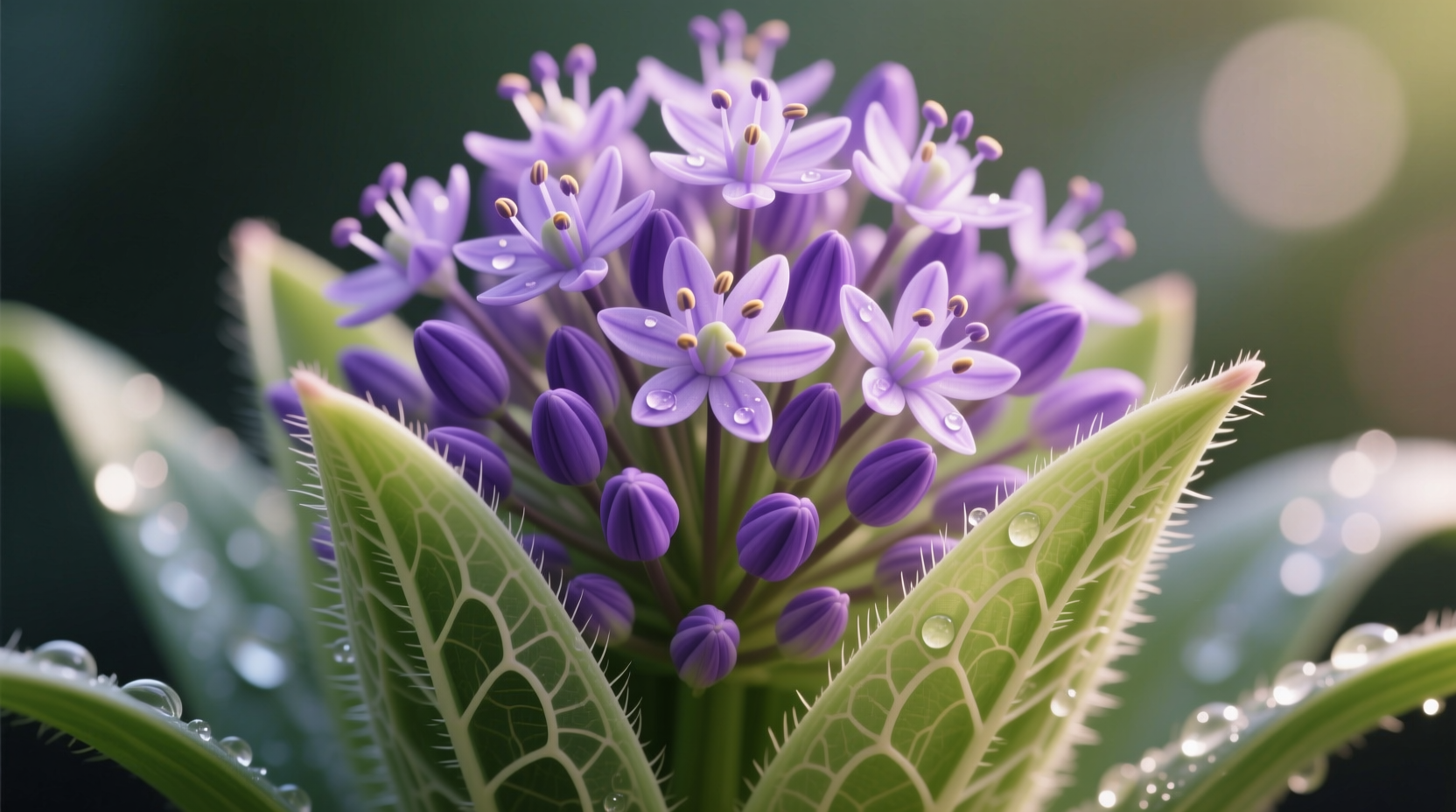Understanding Onion Weed: More Than Just a Nuisance
When you spot those slender, hollow leaves poking through your lawn or garden beds, you're likely facing onion weed—a resilient invader that can quickly dominate landscapes if left unchecked. Unlike cultivated onions, this weed reproduces aggressively through both underground bulbs and aerial bulblets, creating a persistent problem for homeowners and farmers alike.
How to Identify Onion Weed with Confidence
Accurate identification is your first line of defense against onion weed. Misidentifying this plant could lead to ineffective treatment or accidental removal of desirable plants. Here's what sets onion weed apart from similar-looking species:
| Feature | Onion Weed (Allium vineale) | Wild Onion (Allium canadense) | Garden Onion (Allium cepa) |
|---|---|---|---|
| Leaf Structure | Hollow, round, waxy | Solid, flat, smooth | Hollow but less rigid |
| Odor When Crushed | Strong garlic-onion mix | Pure onion scent | Mild onion aroma |
| Reproduction Method | Underground bulbs + aerial bulblets | Primarily underground bulbs | Cultivated from seeds/bulbs |
| Flower Appearance | Purple clusters with bulblets | White/pink flowers, no bulblets | Develops only in mature plants |
According to the USDA Plants Database, Allium vineale has established itself across 45 U.S. states, demonstrating remarkable adaptability to various soil types and climate conditions. This widespread presence underscores why accurate identification matters for effective regional management.

The Lifecycle Challenge: Why Onion Weed Persists
Understanding onion weed's growth cycle reveals why casual removal attempts often fail. This plant follows a predictable annual pattern that determines the optimal timing for control measures:
- Early Spring (March-April): Rapid leaf growth begins as soil temperatures reach 50°F (10°C)
- Late Spring (May-June): Flowering occurs with characteristic purple clusters containing both flowers and bulblets
- Summer (July-August): Aerial bulblets mature and drop, while underground bulbs multiply
- Fall (September-October): New growth emerges from both dropped bulblets and established bulbs
- Winter Dormancy: Top growth dies back, but bulbs remain viable underground
Research from Cornell University's Department of Horticulture confirms that targeting onion weed during its active growth phase in early spring yields significantly better results than summer interventions, when the plant has already stored energy in its bulbs.
Effective Control Strategies That Actually Work
Successfully managing onion weed requires understanding which methods work under specific conditions. Not all approaches deliver equal results across different environments:
Manual Removal: When It Works and When It Doesn't
Hand-pulling can be effective only if you remove the entire bulb system, which typically extends 4-6 inches deep. The University of California Integrated Pest Management Program notes that incomplete removal leaves behind bulb fragments that regenerate within weeks. This method works best in moist soil after rainfall when bulbs come out more easily.
Organic Control Options Worth Trying
For gardeners avoiding chemicals, several organic approaches show promise:
- Vinegar solutions: 20% acetic acid formulations can kill top growth but rarely affect bulbs
- Boiling water: Effective for spot treatment in pathways but impractical for large areas
- Smothering: Cardboard or thick mulch (4+ inches) applied consistently for 12+ months
Chemical Control: Targeted Solutions for Severe Infestations
For established infestations, selective herbicides containing 2,4-D or dicamba applied in early spring provide the most reliable results. The Oregon State University Extension Service recommends applying these products when plants are actively growing but before flowering for maximum absorption. Always follow label instructions precisely to avoid damaging desirable plants.
Prevention: Your Best Long-Term Defense
Preventing new onion weed establishment proves more effective than battling established populations:
- Maintain dense, healthy turf through proper mowing height (2.5-3 inches)
- Avoid introducing contaminated soil or compost to your property
- Remove flower heads before bulblets mature to prevent spread
- Monitor garden edges regularly where invasion typically begins
Gardeners in the Pacific Northwest report significantly reduced onion weed pressure after implementing consistent fall clean-up routines that remove potential overwintering sites. This regional adaptation demonstrates how local conditions influence effective prevention strategies.
Common Misconceptions About Onion Weed
Several persistent myths surround this plant, potentially leading to ineffective management:
- Myth: "Onion weed is just wild onions and can be eaten safely"
- Reality: While technically edible, onion weed often grows in contaminated soils and may absorb pesticides or pollutants
- Myth: "Salt will kill onion weed permanently"
- Reality: Salt creates soil conditions unfavorable for all plants and persists for years, causing long-term damage
- Myth: "One treatment will solve the problem"
- Reality: Complete eradication typically requires 2-3 years of consistent management
When to Call Professionals
Consider professional assistance if:
- Your infestation covers more than 500 square feet
- Previous control attempts have failed repeatedly
- The weed has invaded sensitive areas near water sources
- You need help distinguishing it from protected native species
Professional landscapers with weed management certification can access stronger formulations and equipment for large-scale infestations while minimizing environmental impact.











 浙公网安备
33010002000092号
浙公网安备
33010002000092号 浙B2-20120091-4
浙B2-20120091-4